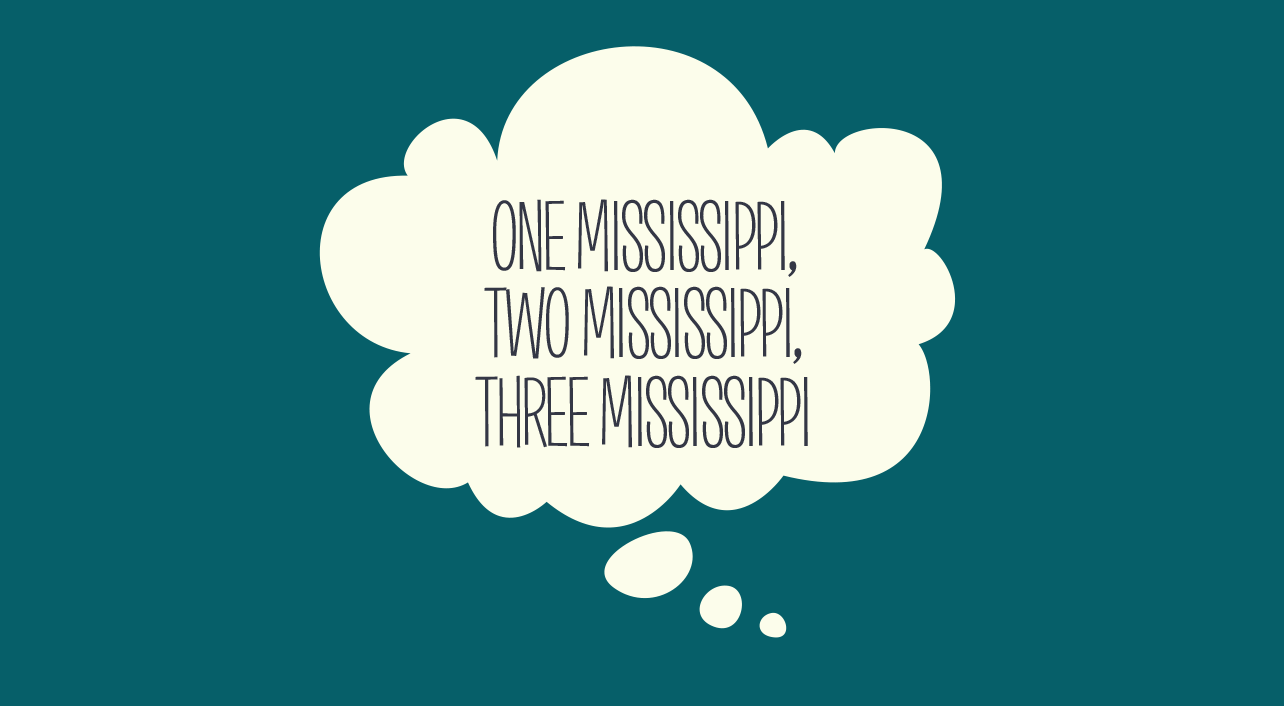- leadership
- Blog post
For better coaching, count to 3
When coaching employees, was there ever a time when you feel you did most of the talking?
Maybe you did. And if so, this may have been the result of deep psychological impulses within you — and every human being — that can sabotage you in situations where you really need the other person to participate, like coaching sessions.
Research led by the Max Planck Institute for Psycholinguistics in the Netherlands found that cultures all over the world – including the United States, Japan, Denmark and the Bushmen of the Kalahari, to name a few — observe a conversational rule known as “turn taking” or “no gap, no overlap.” What this means is that people avoid speaking over their partner, and they plug any gaps by starting to speak within milliseconds of the other person stopping.
People unconsciously observe this rule because it’s deeply rooted in how we use and process language. But it can derail a coaching session. If the coachee feels you are rushing in to talk all the time, they may well subside into silence or monosyllables.
Jumping in
But that’s not the full extent of the damage. Another study suggests that if you jump in immediately to fill an awkward gap, you can short-circuit the deeper thinking that you’re seeking from the person you’re coaching.
This research was carried out by Mary Budd Rowe, a professor of education at Stanford. She did her work in classrooms, but its conclusions are relevant to any situation where teaching and learning take place – including coaching.
The research team analyzed recordings of thousands of teacher-student interactions and found a common thread: After asking a question of a student, teachers paused for only about one second. Then they started talking again — either asking another question or offering their own answer to the question they’d just asked.
And when students did answer a question, teachers usually plunged right back in within one second after the student paused – without waiting to see if he or she had more to add.
Deeper thinking
With a few teachers, though, the researchers observed that the “wait time” in those two places in the conversation was a bit longer — up to three seconds. And in these cases, the quality of the students’ responses improved dramatically. Their answers were three to seven times longer, better thought-out and more logical.
As a result of these more elaborate student responses, the teacher-student conversation became richer and led to deeper learning by the student.
Teachers, of course, know better than to cut off a student. As we’ve seen, this response is largely unconscious and results from the “no gap, no overlap” linguistic rule. But, the researchers found, teachers could overcome this impulse with focus and attention.
One Mississippi, two Mississippi…
You can, too, even though it may take some practice. Try this simple technique: After you ask a question or after your coachee seems to be done talking, simply count off three seconds in your head – one Mississippi, two Mississippi, three Mississippi – before you say anything else.
That blank look on the person’s face doesn’t mean they need your help or your question wasn’t clear. It usually means they’re thinking – which is what you want.
Of course, wait time isn’t the only element of a fruitful coaching conversation. You still need to prepare focused questions, listen carefully to what your coachees say, and positively reinforce their good answers. But by waiting three seconds at the right times, you can make a surprisingly large impact on the quality and success of the conversation.
This blog entry is adapted from the Rapid Learning module “A 3-second technique for improving your coaching conversations.” If you’re a Rapid Learning customer, you can watch the video here. If you’re not, but would like to see this video (or any of our other programs), request a demo and we’ll get you access.
The blog post and Rapid Learning video module are based on the following research articles:
Stivers, T., et al. (2009). Universals and cultural variation in turn-taking in conversation. Proceedings of the National Academy of Sciences. 106(26), 10587-92.
Rowe, M. B. (1986). Wait time: slowing down may be a way of speeding up! Journal of teacher education, 37(1), 43-50.

Get a demo of all our training features
Connect with an expert for a one-on-one demonstration of how BTS Total Access can help develop your team.



